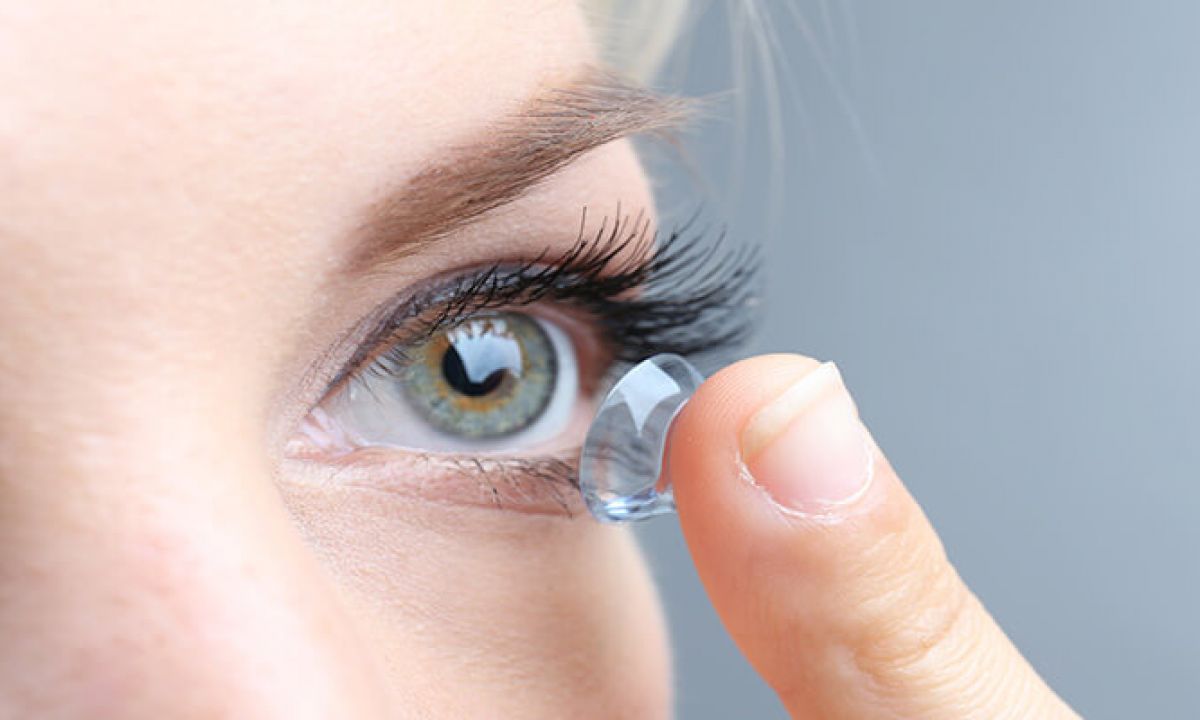Shree Ramakrishna Netralaya (Vashi)
Shah Signature, Above Starbucks, Sector 17,
Vashi, Navi Mumbai - 400705
+91 98198 60879 | [email protected]
Appointment Times
Monday - Saturday :
11:00 am to 07:00 pm
Dr. Vijay Shetty Eye Specialist
Shah Signature, Above Starbucks, Sector 17,
Vashi, Navi Mumbai - 400705
+91 98198 60879 | [email protected]
Monday - Saturday :
11:00 am to 07:00 pm

Shah Signature, Above Starbucks, Sector 17,
Vashi, Navi Mumbai - 400705 +91 98198 60879 | [email protected]
Monday - Saturday :
11:00 am to 07:00 pm
Contact lens Spectacles specialist in Vashi and Navi mumbai
An estimated 8% of contact lens wearers are under 18 years old, 17% are between ages 18-24, and 75% of adults age 25 and older wear contacts lenses. Soft contact lenses were first introduced to the U.S. in 1971. Ninety percent of contact lens wearers use soft contact lenses.

There are two general categories of contact lenses – soft and rigid gas permeable (RGP).
Soft contact lenses are extremely comfortable and easy to apply. Soft contacts are used to correct myopia, also known as nearsightedness, hyperopia or farsightedness, astigmatism or blurred vision, and age related loss of close-up vision.
Rigid Gas Permeable (RGP) contact lenses are used to change the curvature of the cornea to improve the eye’s ability to focus on objects. Made of slightly flexible material that allow oxygen to pass through to the eyes.
Scleral contact lenses offer sharp vision and comfort for dry eyes and irregular corneas. They are very helpful for keratoconus. Scleral contacts are large-diameter gas permeable contact lenses for keratoconus and other eye problems. They are called “scleral” lenses because, instead of covering only a portion of the cornea these large GP lenses covers over the entire corneal surface and rest on the “white” of the eye (the sclera). Because of their size, scleral lenses are more stable on the eye
Contact lenses play an important role in the therapeutic management of corneal and ocular surface diseases.
A soft prosthetic or cosmetic lens covers the eye to conceal the ocular disfigurement.
These lenses mask-up the underlying problem and match the eye coloring to the normal eye which improves the cosmetic appearance.
Aniridia, Iris coloboma, Congenital defects, Traumatic defect, Ocular albinism, Leukocoria, Micro-cornea, Iris atrophy, etc.
X-Chrome contact lens is a red contact lens used to overcome red-green colour vision deficiencies.
These contact lenses are designed to significantly enhance color discrimination in color vision deficiency patients which allows them to fulfill many occupational, leisure and educational goals, which might be difficult with color blindness.
These specialized contact lenses are set-up with varying lens powers all in one contact lens i.e. Distance, intermediate and near.
Therefore, you can view the distant objects as well as near objects clearly without putting on additional glasses.
Clear vision for varying distances from near to far. Spectacle Independence: No need to wear those typical and unattractive bifocals. Better depth perception
Lenses are worn during waking hours and require daily removal at the end of the day and cleaning.
Lenses can be worn 7 days/ 6 nights without daily removal.
Lenses can be worn up to 30 days/ 29 nights without daily removal
Daily Disposable or Dailies are the most convenient, healthy and widely used modality.
These are single-use lenses which are discarded/disposed at the end of each day.
These lenses are much thinner thereby usually more comfortable and breathable.
These lenses require daily cleaning and bi-weekly replacement.
They are discarded after two weeks from opening the pair.
These lenses require daily cleaning and monthly replacement.
They are discarded after a month from opening the pair.
These lenses require daily cleaning and replacement after every three months.
They are discarded after every three months from opening the pair.
These lenses require daily cleaning and replacement after every one year. They are discarded after one year from opening the pair.